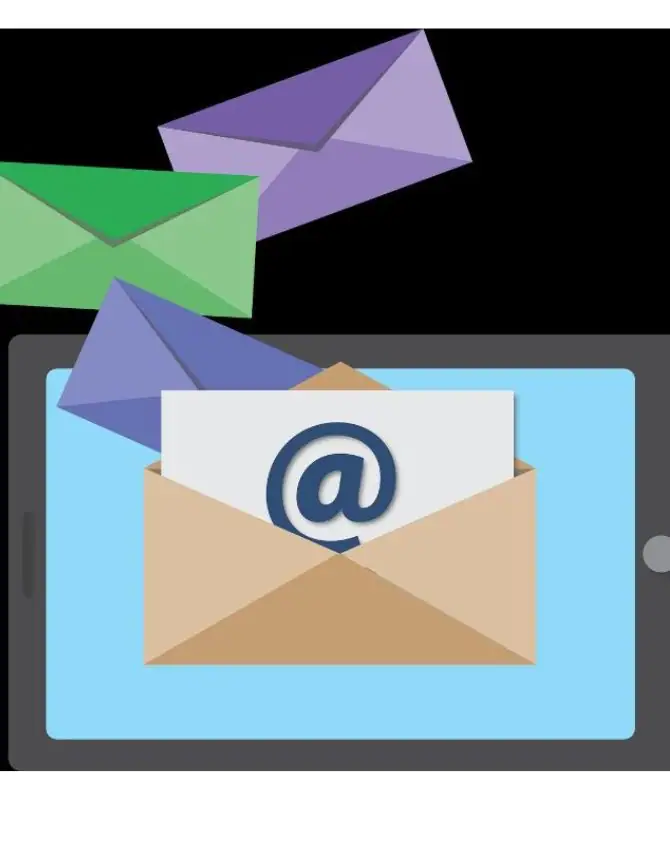What is E-mail:
Email (electronic mail) has become a vital part of our public and private lives. It is difficult to imagine corporate or private communication without e-mail. However, there are certain ground rules that need to be followed if this mode of speedy and effective communication gets productive results and provides proper presentation.
How E-mail should be maintained:
Speed is the essence of e-mail. It is normal that the sender expects a prompt, immediate reply to his message or query. Therefore, it is good manners to respond to an e-mail within a day. But in order to do so, the mailbox needs to be managed efficiently. Junk mail, unimportant mail, unwanted attachments should be cleared on a daily basis so that important mails stand out. It is also a good idea to store important mailing addresses for future use. Unknown and suspicious messages and attachments are best deleted unread.
Language of E-mail:
The language of e-mail should be crisp, businesslike, but not rude and abrupt. Since this is a speedy and comparatively effortless mode of communication, there is certain privilege regarding spelling and grammatical errors.
But it makes sense to check spelling and grammatical errors before sending the mail to a person or group if it is a business related correspondence. If necessary, compose your mail in a word processing package (like Microsoft Word or Wordperfect) so that mistakes are highlighted and then paste it into your out box. In case of confidential mail, check the address before sending it to the recipient. Don’t bother your recipients with unwanted and unwelcome attachments and junk mail. In case you wish to share any web link, you should first seek permission of the recipient.
In e-mail, simple and wide accepted abbreviations may be used. The followings are the some examples:
RGDS regards
ASAP as soon as possible
ADN any day now
NLT no later than
THX thanks
WEF with effect from
WRT with regard to
FYI for your information
MSGS messages
TMRW tomorrow
FAQ frequently asked questions
F2F face to face
These abbreviations are now accepted worldwide and therefore it is not difficult to understand them. The same goes for simple emoticons.
E-mail and emotion:
If you are incensed or angered by a mail, do not respond immediately. Save your mail for at least 24 hours by which time your anger may abate. If after 24 hours, you still feel that the message requires response, then you can compose a suitable message and send it. It can reflect your anger, but it should be worded carefully and point out the reasons for your anger. It should not be an irrational and emotional response.
An impulsive or abusive e-mail can easily destroy a long-standing, mutually beneficial relationship. Often silence can be an effective weapon to deal with nasty, abusive mail. The ‘urgent’ label should be used with discretion in the case of e-mail. It is always a good idea to block nasty or unwanted mail sources.
E-mail Courtesy:
If the sender has requested your comments on a particularly lengthy attachment, send back an acknowledgement immediately as the attachment may require your prolonged attention. Give time or date by which time you will be able to respond and stick to your own deadline. It is a good manner to respond to an e-mail within a day.
E-mail Presentation:
It is customary to begin with a salutation. This may be similar to something you would use in a business letter, such as Dear Mr/Mrs.. However, because an e-mail is sent directly to the person, some people also use less formal beginnings, such as Hello or Hope you are well if there is also a personal acquaintance with person.
Endings too may be formal, such as Your Sincerely... It could also end Hope to hear from you soon.
Using Electronic Signature:
There is an option for attaching your signature to an e-mail. This usually adds your official position to the end of each mail. This is often used by people in business related mail.
Using Separate Accounts:
Some people prefer to use different accounts for personal and business purposes. Often corporate businesses or institutions have e-mail addresses for all members of their organisations. This often adds a business-like note to the mail.
Confirming Conversations:
E-mail and business letters are often used to list agreements between organisations or persons from business which have been decided in face-to-face conversations or in phone conversations. In such cases, it is usual to begin the mail with a phrase such as:
This e-mail is to note that in our phone conversation on the afternoon of 30th November, 2021, the following issues were discussed and resolved as follows……This is a good and polite way of confirming and recording verbal decisions and discussions. If the other person has misunderstood, or has not agreed with any point, then he or she can object and point out the places of non-agreement and sort out the issues immediately. This is much better than a misunderstanding that may jeopardize the entire professional relationship.
You May Like to Read More:
